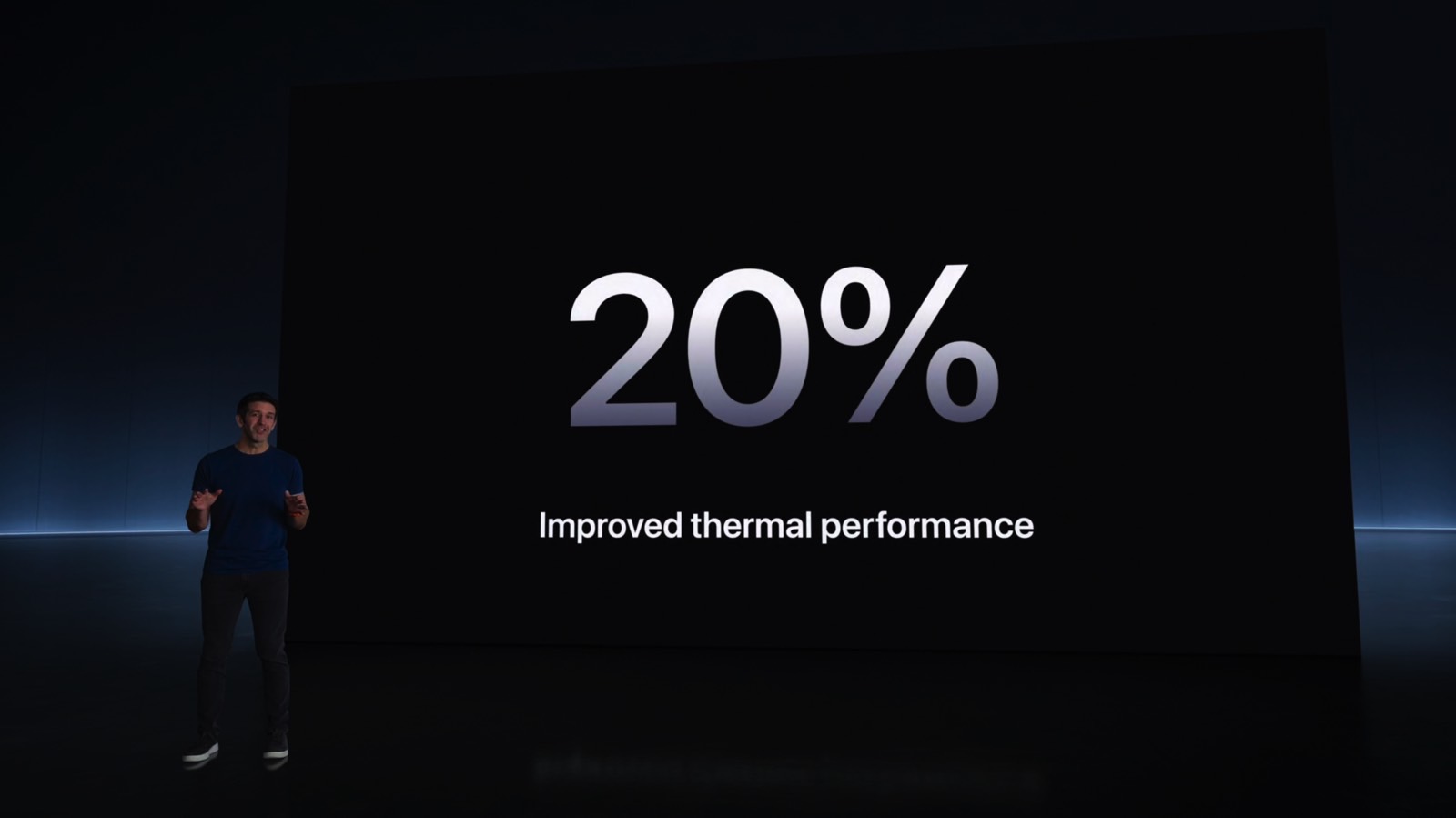Apple unveiled the new OLED iPad Pro on Tuesday, confirming all the major upgrades that appeared in rumors preceding the event. Yes, the two 2024 iPad Pro models both feature the next-gen M4 chip we were expecting. It’s Apple’s way of ensuring the iPad Pros are ready for the generative AI features coming in iPadOS 18 and future operating system releases.
Different versions of the M4 chips will power the iPhone 16 series this fall. They’ll probably be called A18 and A18 Pro, and they’ll undoubtedly feature the same big Neural Engine upgrades. But there’s one other OLED iPad Pro hardware upgrade I hope Apple brings to the iPhone 16 series: Apple’s brand-new cooling system.
Strangely enough, you won’t find much info about the thermal upgrades in the press release or on Apple’s iPad Pro pages. But Apple mentioned the graphite layers and the copper on the back of the iPad Pro’s case during the event.
“The new iPad Pro wouldn’t even be possible without M4,” Apple’s John Ternus said. “And despite its much thinner and lighter design, we’ve also substantially improved its thermal performance.”
Apple’s senior vice president of hardware engineering continued, “By incorporating graphite sheets into the main housing, and copper in the Apple logo, we’ve been able to improve thermal performance by nearly 20%. The combination of this improved design along with M4 means the new iPad Pro is up to four times faster than the previous iPad Pro with M2 and up to an astounding ten times faster than the original iPad Pro.”

The point here is that chips like M4, as advanced as they may be, need great cooling.
Apple’s chips might be a lot more efficient than rivals. And Apple made a big deal (again) about how the M4 has unmatched performance-per-watt compared to alternatives from other chipmakers. But fast chips will generate heat. They will require proper cooling to maintain top performance for longer periods.
With iPads, Apple has the luxury of expanding the cooling systems without impacting the size of the tablet or the battery life. Not to mention that the new iPad Pros are incredibly thin. It might be more challenging to pull off similar tricks on the iPhone.
It’s worth reminding our readers that the iPhone 15 Pro and its impressive A17 Pro chip experienced overheating issues when it first launched. Apple could only fix those with a software update.
That’s one more reason why I hope Apple will give the iPhone 16 models much better cooling than the iPhone 15, and that some of the tech it developed for the OLED iPad Pros will make it into the new iPhone.
